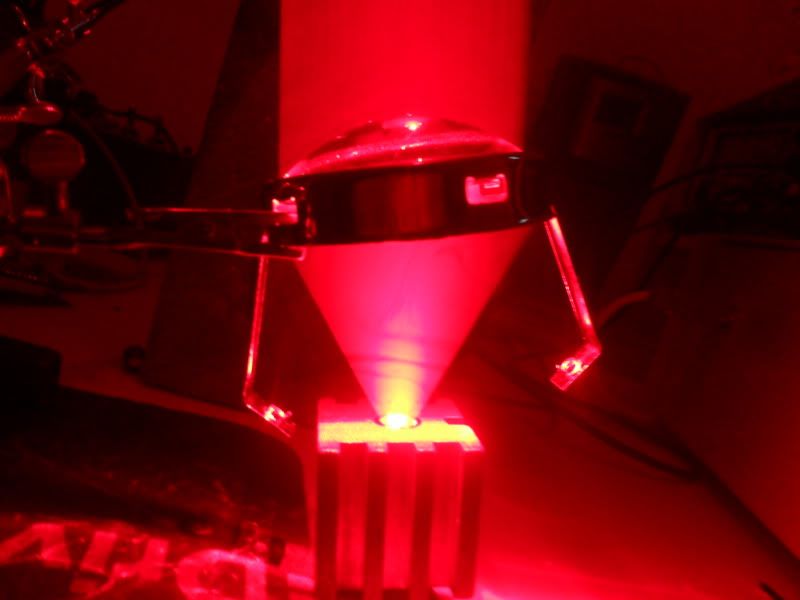Alaskan
0
- Joined
- Jan 29, 2014
- Messages
- 12,031
- Points
- 113
If you start out with a single mode TEM00 laser diode and want the tightest divergence possible, how is that done? Does the size of diode chip alone determine the end result (without using a beam expander lens arrangement)?
From what I've been able to determine, divergence is king as a 100 mw single mode laser focused to infinity will produce a much smaller spot and even though much less powerful, a much brighter concentration of energy at distances of over 100 meters than most, if not all 2 watt multi-mode pointer lasers with the same focus.
So my question is this, what can be done to minimize the beam spread or divergence of a laser pointer, other than using a beam expander? Will the type of collimator lens help?
Thanks, appreciate any ideas you can share with me as I am in the process of building a single mode laser pointer.
From what I've been able to determine, divergence is king as a 100 mw single mode laser focused to infinity will produce a much smaller spot and even though much less powerful, a much brighter concentration of energy at distances of over 100 meters than most, if not all 2 watt multi-mode pointer lasers with the same focus.
So my question is this, what can be done to minimize the beam spread or divergence of a laser pointer, other than using a beam expander? Will the type of collimator lens help?
Thanks, appreciate any ideas you can share with me as I am in the process of building a single mode laser pointer.
Last edited:






